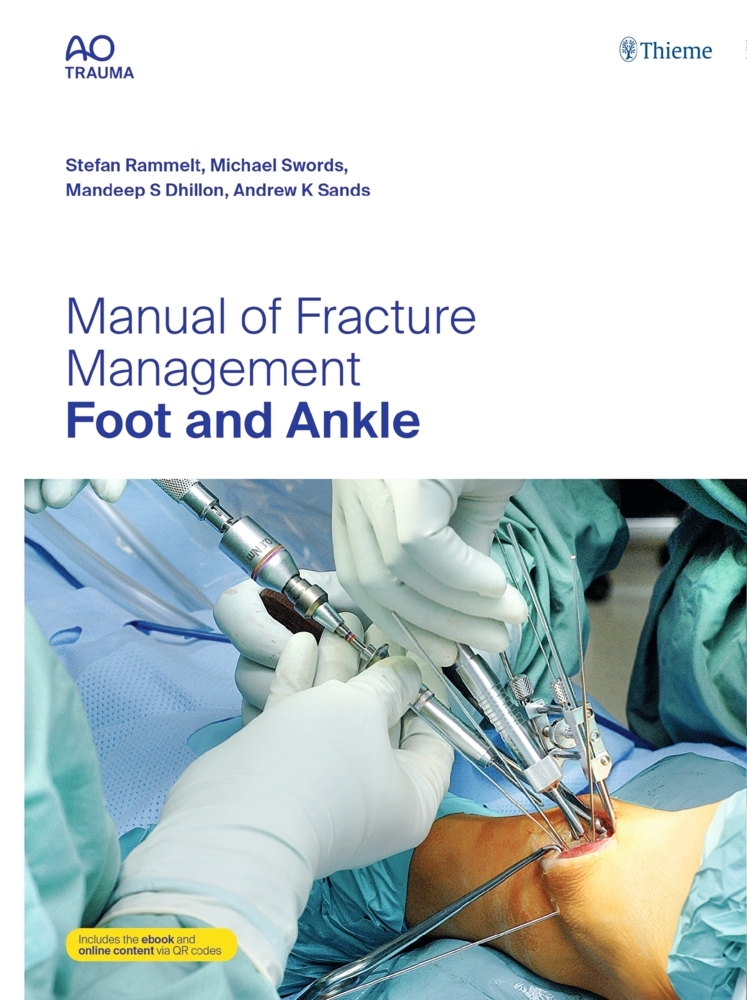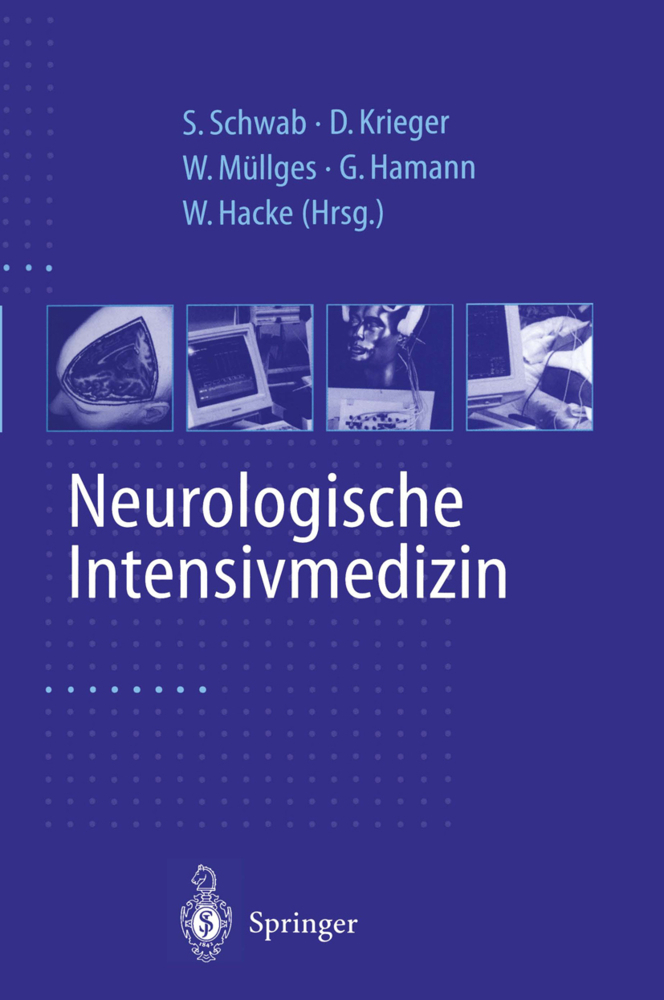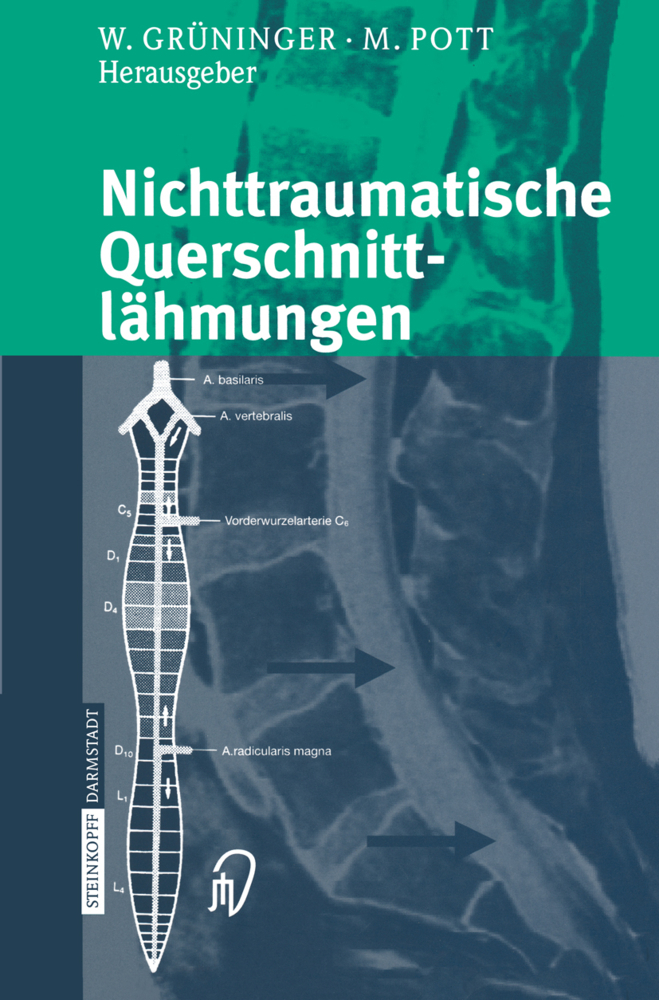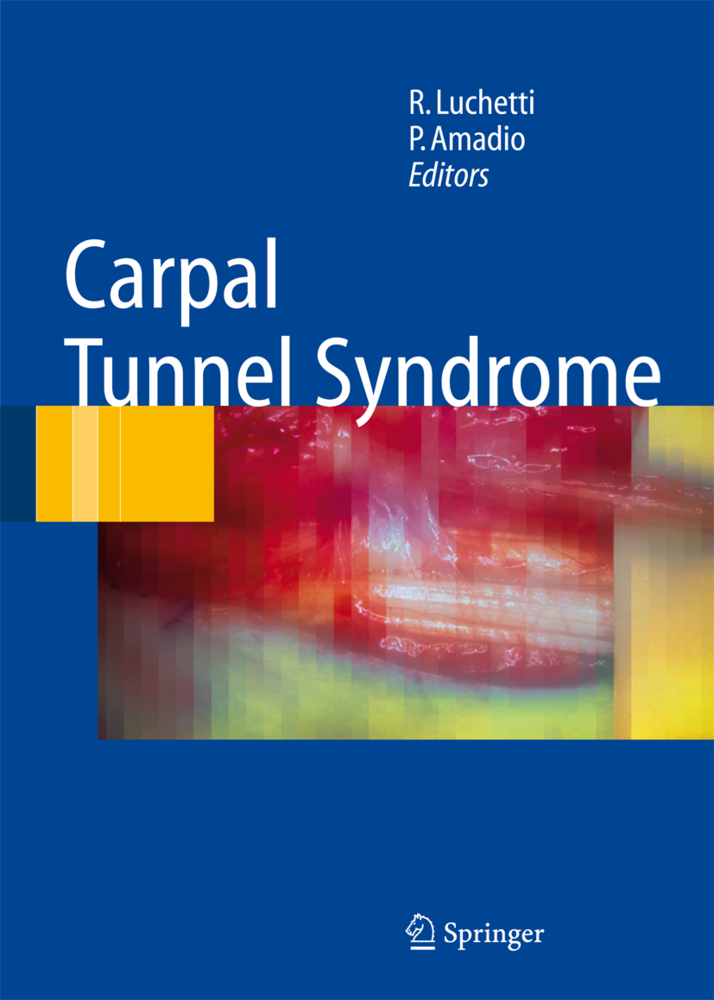Pitfalls in Cervical Spine Surgery
Spinal surgery is a unique area in the process of continuous development. New skills are applied daily in this delicate field by the spinal surgeon: this professional can be either an orthopaedic surgeon or a neurosurgeon dedicated to the treatment of spinal diseases. This book offers a comprehensive approach and reviews all of the possible errors encountered by spinal surgeons in the clinical practice. It is mainly directed towards young surgeons approaching spinal surgery and also to experienced surgeons with regards to complications related to the latest technologies in the spinal field. This approach of treating and understanding problems in cervical spine surgery is unique and will guide the reader towards an improved level of attention regarding pitfalls in cervical spine surgery, therefore fostering the ability of preventing major complications and medicolegal consequences.
1;Copyright Page;42;Foreword;53;Foreword;74;Preface;85;Contents;106;Contributors;127;Part I: General Complications;157.1;Chapter 1;167.1.1;Complication Related to Medical Conditions;167.1.1.1;1.1 Introduction;167.1.1.2;1.2 Comorbidities Increasing the Risk of Major Perioperative Complications;167.1.1.3;1.3 Comorbidities Specifi cally Increasing the Risk of Perioperative Cardiac Events;177.1.1.4;1.4 Comorbidities Increasing the Risk of Postoperative Infections and Their Management;187.1.1.5;1.5 Comorbidities Complicating Spinal Fusion;207.1.1.6;1.6 Comorbidities Associated with Poor Neurologic Recovery After Surgery;217.1.1.7;References;227.2;Chapter 2;257.2.1;Hematologic Issues in Cervical Spine Surgery;257.2.1.1;2.1 Changes in Blood Cell Count Parameters;257.2.1.1.1;2.1.1 Anemia;257.2.1.1.1.1;2.1.1.1 Approach to the Anemic Patient;257.2.1.1.1.2;2.1.1.2 Anemia's Decalogue for the Surgeon;277.2.1.1.2;2.1.2 Polycythemia;277.2.1.1.2.1;2.1.2.1 Polycythemia and Cervical Spinal Surgery;287.2.1.1.2.2;2.1.2.2 Tips for the Orthopedic Surgeon in the Presence of a PV;287.2.1.1.3;2.1.3 Reduction in the White Blood Cell Count;287.2.1.1.3.1;2.1.3.1 Absolute Neutropenia;287.2.1.1.3.2;2.1.3.2 Absolute Lymphocytopenia;297.2.1.1.4;2.1.4 Increase in White Blood Cell Count;297.2.1.1.4.1;2.1.4.1 Absolute Neutrophilia;297.2.1.1.4.2;2.1.4.2 Absolute Lymphocytosis;297.2.1.1.4.3;2.1.4.3 Absolute Eosinophilia and Absolute Monocytosis;297.2.1.1.5;2.1.5 Changes in Platelet Count;297.2.1.1.5.1;2.1.5.1 Abnormal Increase in Platelet Count;297.2.1.1.5.2;2.1.5.2 Abnormal Decrease in Platelet Count;307.2.1.1.6;2.1.6 How a Cervical Spine Surgeon should Manage Patients with Changes in Blood Cell Count;307.2.1.2;2.2 Patients with Monoclonal Gammopathy;317.2.1.2.1;2.2.1 Monoclonal Gammopathy of Undetermined Significance (MGUS);317.2.1.2.2;2.2.2 Multiple Myeloma;327.2.1.3;2.3 Preoperative Evaluation of the Hemorrhagic Risk;327.2.1.3.1;2.3.1 Abnormal Hemostatic and Coagulation Parameters;327.2.1.3.1.1;2.3.1.1 Qualitative Platelets Defects (Thrombocytopathies);337.2.1.3.1.2;2.3.1.2 Coagulopathies;347.2.1.3.1.3;2.3.1.3 The laboratory Interface;357.2.1.4;2.4 Preoperative Evaluation of the Thromboembolic Risk;357.2.1.5;2.5 Thromboprophylaxis in Cervical Spine Surgery;367.2.1.6;References;387.3;Chapter 3;407.3.1;Complications in Surgical Management of Cervical Spinal Metastases;407.3.1.1;3.1 Spinal Metastases: Introduction;407.3.1.1.1;3.1.1 Epidemiology;407.3.1.1.2;3.1.2 Anatomical Localization and Pathophysiology;407.3.1.1.3;3.1.3 Presentation;417.3.1.1.4;3.1.4 Management: Past and Present;427.3.1.1.5;3.1.5 Surgical Indications and Approaches;437.3.1.2;3.2 Surgery-Related Prognosis in Bone Metastatic Patients;437.3.1.2.1;3.2.1 Surgery-Related Complications;447.3.1.2.1.1;3.2.1.1 Surgical Complications;447.3.1.2.1.2;3.2.1.2 Hardware-Related Complications;457.3.1.2.1.3;3.2.1.3 Medical Complications;467.3.1.2.1.4;3.2.1.4 Complications Rates of Spinal Surgery and Minimally Invasive Spinal Surgery;467.3.1.2.2;3.2.2 Presurgical Quantifi cation of Risk and Patient Selection;487.3.1.2.3;3.2.2.1 Classifi cations: Prediction of Life Expectancy and Optimal Treatment Selection;497.3.1.3;References;537.4;Chapter 4;557.4.1;Systematic Approach to the Patient to Minimize Errors of Diagnosis and Surgical Indications;557.4.1.1;4.1 Introduction;557.4.1.2;4.2 Approach to the Patient with NeckPain: History;567.4.1.3;4.3 Physical Examination;587.4.1.4;4.4 Laboratory Studies;607.4.1.5;4.5 Imaging;607.4.1.6;4.6 Neurophysiology (Electrodiagnostic Studies);627.4.1.6.1;4.6.1 Electromyography;627.4.1.6.2;4.6.2 Evoked Potentials;637.4.1.6.2.1;4.6.2.1 Somatosensory-Evoked Potentials;637.4.1.6.2.2;4.6.2.2 Motor-Evoked Potentials;637.4.1.7;4.7 General Considerations and Conclusions;637.4.1.8;References;658;Part II: Peri-operative complications;678.1;Chapter 5;688.1.1;Considerations and Anesthesiologic Complications in Spina
Denaro, Luca
D'Avella, Domenico
Denaro, Vincenzo
| ISBN | 9783540850199 |
|---|---|
| Artikelnummer | 9783540850199 |
| Medientyp | E-Book - PDF |
| Auflage | 2. Aufl. |
| Copyrightjahr | 2009 |
| Verlag | Springer-Verlag |
| Umfang | 303 Seiten |
| Kopierschutz | Digitales Wasserzeichen |










